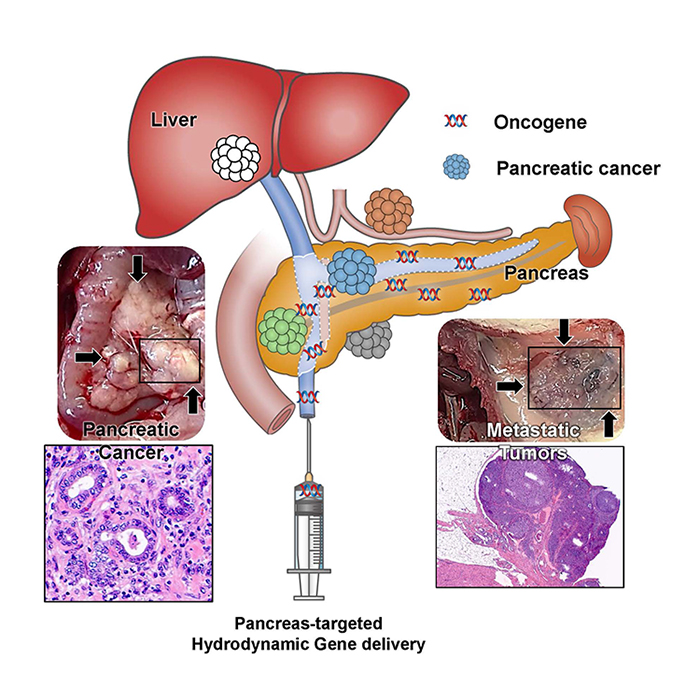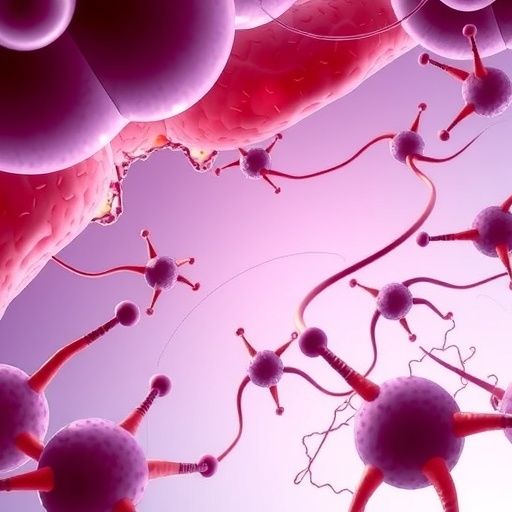Niigata, Japan – The research group of Professor Kamimura in Niigata University have established a novel pancreatic carcinogenesis model in wild-type rats utilizing the pancreas-targeted selective hydrodynamic gene delivery method developed by their research group.

Credit: Niigata University
Niigata, Japan – The research group of Professor Kamimura in Niigata University have established a novel pancreatic carcinogenesis model in wild-type rats utilizing the pancreas-targeted selective hydrodynamic gene delivery method developed by their research group.
“The gene human pancreatic cancer-related gene transfer of the KRASG12D efficiently developed the pancreatic cancer”, says Prof. Kamimura. KRASG12D-induced pancreatic intraepithelial neoplasia lesions showed malignant transformation in the main pancreatic duct at four weeks and developed acinar-to-ductal metaplasia, which led to pancreatic ductal adenocarcinoma within five weeks and the gene combination of KRASG12D and YAP enhanced these effects.
In addition, the combination of oncogenes revealed the metastatic tumors in the liver, lymph nodes, etc., and invasive growth to the surrounding organ and tissues, mimicking the clinical course of human pancreatic cancer. The pancreas-targeted hydrodynamic gene delivery showed its efficacy in developing novel animal models and is promising methods for the organ specific gene therapy. Prof. Kamimura concluded that this pancreatic cancer model will speed up pancreatic cancer research for novel treatments and biomarkers for early diagnosis.
Journal
Molecular Therapy — Nucleic Acids
DOI
10.1016/j.omtn.2022.03.019
Article Title
Establishment of a pancreatic cancer animal model using the pancreas-targeted hydrodynamic gene delivery method
Article Publication Date
28-Mar-2022




